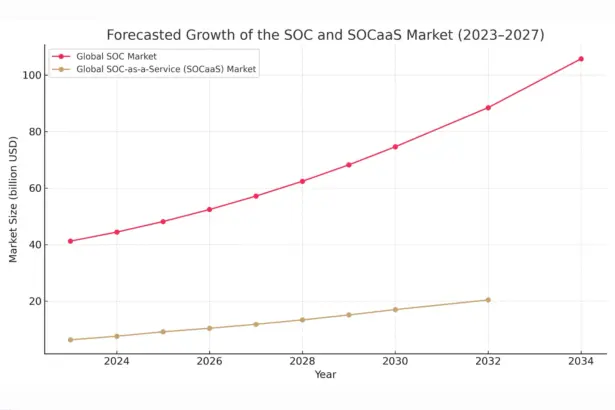By 2026, most European countries plan to completely switch off 2G and 3G networks. This is a technologically inevitable move, but at the same time a potential time bomb for the market for IoT devices, alarm systems, energy meters and many other applications that still rely on older generations of data transmission. Operators are preparing for the 5G era, but the question is: do users of older solutions have the time and resources to keep up?
Networks coming off the stage
Second and third generation networks have played a key role in the development of mobile communications, but their time is coming to an end. Sweden and Israel have already announced the shutdown of 2G and 3G by 2025. In Germany, 3G disappeared in 2021 and 2G – although still operational – is due to be extinguished by the middle of this decade. Poland has not given an official date for the closure of 2G networks, but the three main operators – Orange, Play and Plus – are gradually reducing the availability of 3G, with new devices and tariffs supporting the technology less and less.
The reasons are obvious: the need to free up bandwidth, upgrade infrastructure, reduce maintenance costs and the increasing demands of users and applications. Older technologies are no longer able to deliver the quality parameters required by modern digital services – from HD video to mobile AR.
Technological change with a compatibility gap
For most individual users, this change will remain unnoticeable. Smartphones of the last 5 years use 4G and 5G by default anyway. The problem comes at the invisible layer – the devices that run in the background and are often difficult or expensive to replace.
The number of IoT devices using 2G and 3G networks in Europe is still in the millions. These include alarm systems, payment terminals, energy meters, industrial sensors, and devices in transport – from GPS in fleets to ticketing systems. These types of solutions are designed to last 10, 15 and sometimes 20 years. Replacing them is not only a cost of hardware, but also logistics, firmware updates, compatibility tests and changing contracts with operators.
A problem for local authorities and small businesses
Public sector units and micro businesses are particularly vulnerable to this change. Local authorities that implemented smart lighting, parking meters or remote meters a few years ago may now face the need to upgrade entire systems. For small businesses, the problem may even be a lack of awareness that their devices are still running on 2G.
There is also a lack of central coordination – decisions to switch off older networks are taken individually by operators and regulators, without a common migration map. As a result, users can be caught off guard by a sudden lack of connectivity, with no warning and no support in the transition to newer technology.
IoT needs alternatives – but not every alternative fits
In theory, the market already offers replacements for 2G/3G – in the form of LTE-M, NB-IoT or classic LTE (4G). In practice, not each of these technologies is suitable for every application.
- LTE-M provides low latency and full mobility, but is not available from all operators.
- NB-IoT works well for fixed solutions, but does not support roaming.
- 4G fallback is sometimes unavailable in simple devices that do not have a suitable chipset.
- 5G is the song of the future – today too expensive and too energy intensive for many M2M applications.
In addition, many device manufacturers have made no provision for upgrading older models. This means that users are forced to fully replace their hardware, which in turn raises the issue of compatibility with existing IT environments and applications.
An opportunity for the integrator and manufacturer market
Paradoxically, the extinguishing of legacy networks may prove to be a boost to the market. Providers of modern IoT solutions, system integrators and device retrofitting companies may gain a new revenue stream. Companies that provide flexible and affordable communication modules supporting LTE-M and NB-IoT will be in a particularly good position.
Operators, too, may take this moment as an opportunity to offer migration services and new subscription models that cover not only connectivity, but also the upgrade of the entire hardware environment.
What can companies do right now?
In Poland, the process of shutting down the 3G network will begin in 2025 and the 2G network will be closed by 2030. What organisations should do:
- Conduct an audit of all devices using mobile communications – especially in the areas of technical infrastructure, industry and logistics.
- Identify the relationships between communication technology and backend software and services.
- Plan the migration – not only the choice of replacement technology, but also the budget, timetable and compatibility tests.
- Monitor operator decisions – different networks may switch off particular technologies at different rates and in different geographical areas.
The extinction of 2G and 3G is a natural consequence of the development of telecommunications, but managing this process requires much more than simply announcing a ‘switch off’ date. In the digital age, any system that loses connectivity becomes unusable – no matter how well it worked before.
Europe wants to build a modern mobile infrastructure based on 5G, edge computing and IoT. But the success of this transformation will depend on the ‘silent migration’ of millions of devices that have so far simply worked.










